Blog
Press Release: May 25, 2021
Stepping on the Leaves
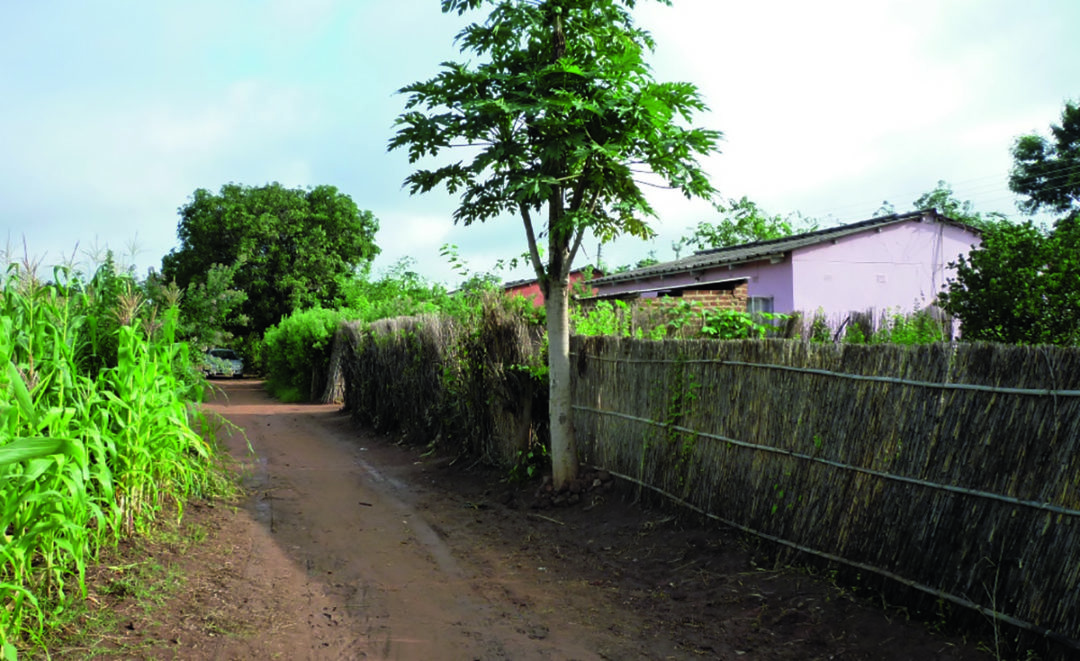
Bible translation is a complicated process with a simple goal: bring Scripture to people in a way that accurately conveys God’s message through a language they understand in a way that is meaningful to them. Dr. Chris Pluger—who will travel to Ethiopia later this year to work alongside the Ethiopian Evangelical Lutheran Church Mekane Yesus— provided a wonderful example of this from his time with the Nsenga New Testament translation team in Zambia.
John 11:19 tells how many people came out to visit Mary and Martha after the death of Lazarus. Now Bethany was less than two miles from Jerusalem and many Jews had come to Martha and Mary to comfort them in the loss of their brother. In English, we’d probably say that these people had come to express their condolences, offer sympathy, pay their respects, or something similar.
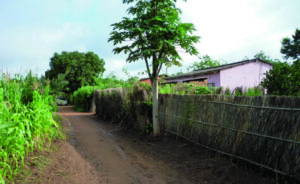
As Chris explained, “The Nsenga people have a specific expression for ‘the visit that you make to the home of the bereaved to give your condolences if you haven’t been able to attend the actual funeral.’ The phrase is ‘kukanda matepo,’ meaning ‘to step on the leaves.’”
The expression comes from the Nsenga tradition of putting leafy branches across the road in front of the house where there is a funeral, to mark that this is a place of bereavement. “As many visitors pass by the house to console the family, they will ‘step on the leaves’ in the road. Even those who don’t know the family well will know there has been a death when they ‘step on the leaves.’ In addition, if you’re riding your bicycle, you’re not supposed to pass by the house riding, but stop and get off and push your bicycle respectfully (‘stepping on the leaves,’ instead of just riding over them). And gradually, as the leaves get stepped on a lot, they will disintegrate and blow away as a symbol of the need for life to continue.”
And so, John 11:18-19 in Nsenga reads: Now Bethany was close to Jerusalem, only about three kilometers, and many people had come to step on the leaves. “Every Nsenga person who reads or hears this knows exactly what is happening in this verse,” says Chris. “This is what Bible translation is all about. To find the best local equivalent for expressions like this, so that people will find their own language and their own life situations clearly reflected in the pages of Scripture.”
The Nsenga New Testament was dedicated in 2016. Now the translation team is working to translate the Old Testament so that the Nsenga will have the complete story of God’s plan for salvation. You can help! Click here to learn more.
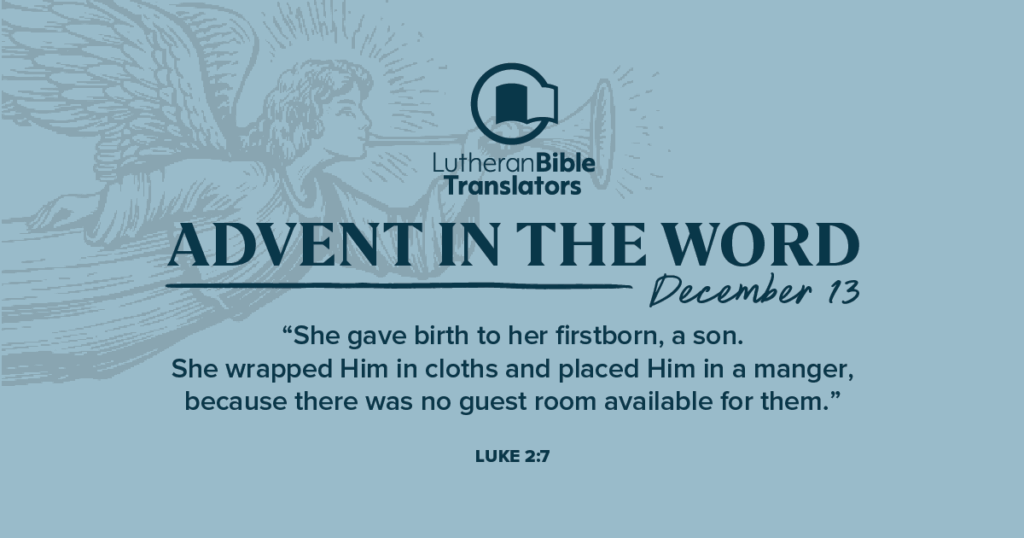
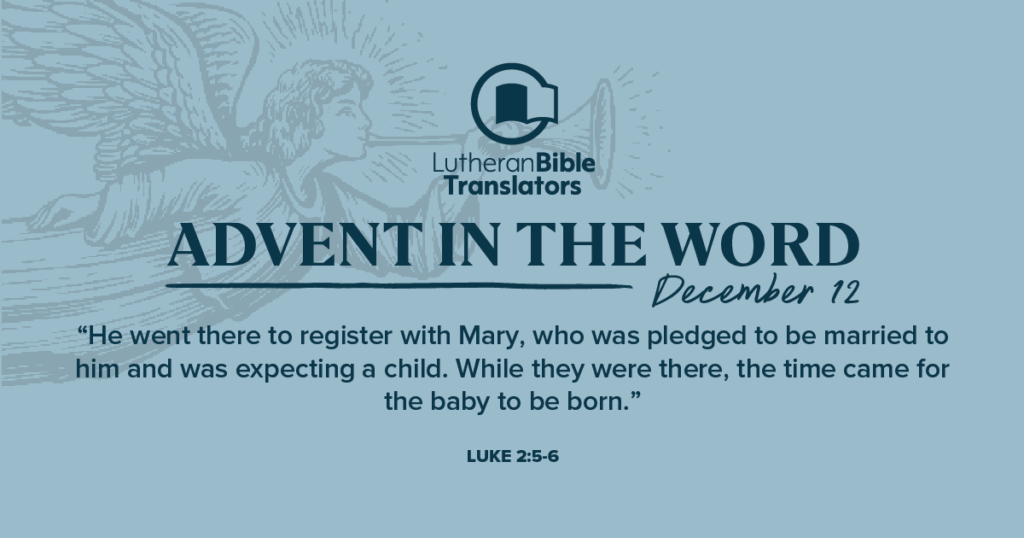
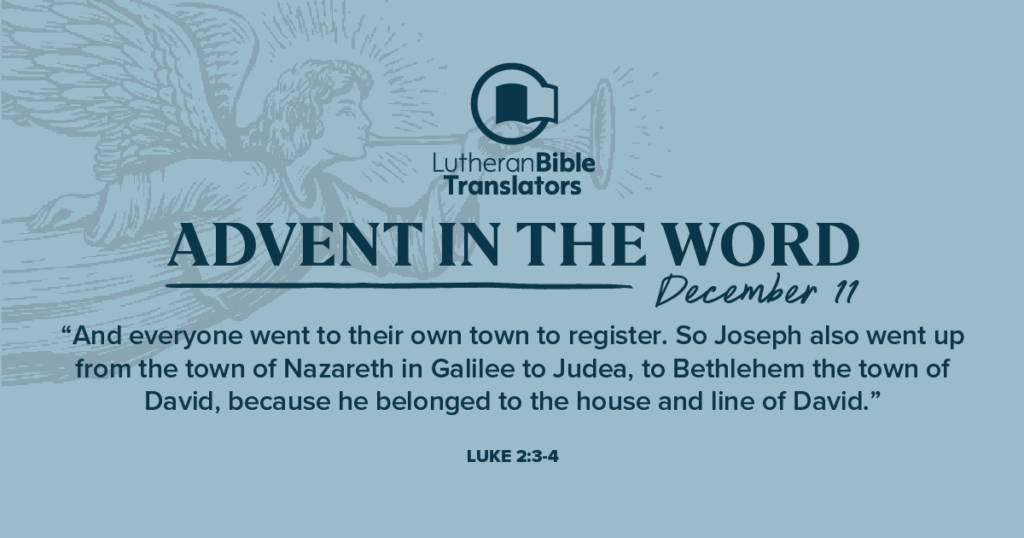
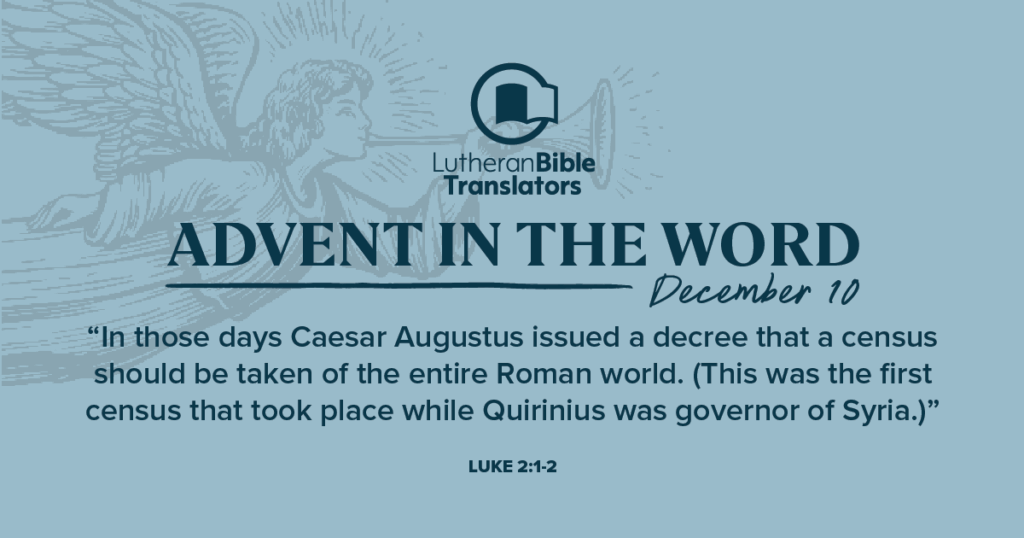


Leave a Reply
You must be logged in to post a comment.